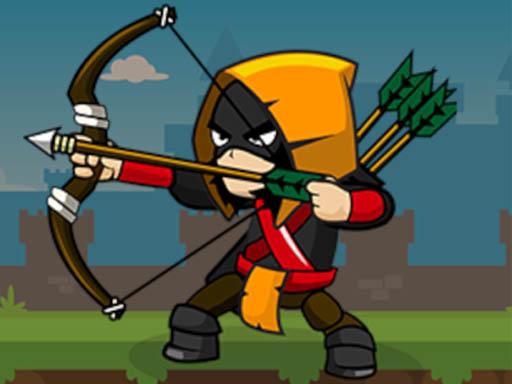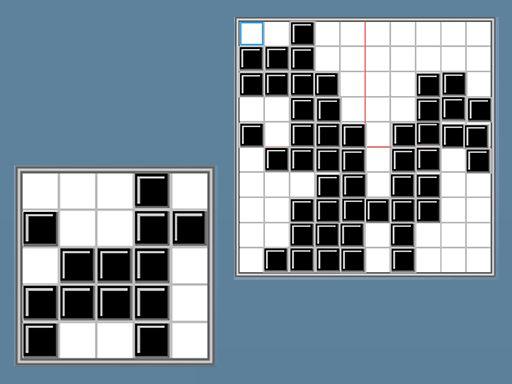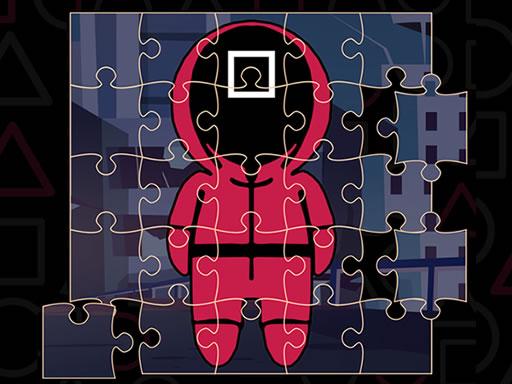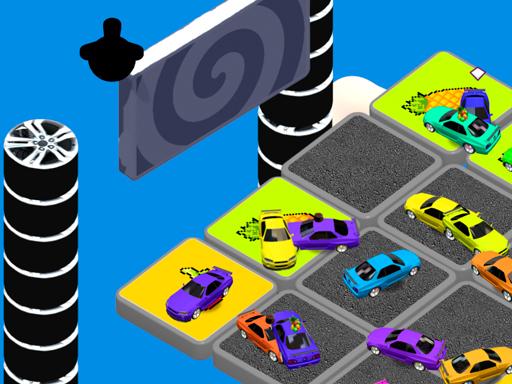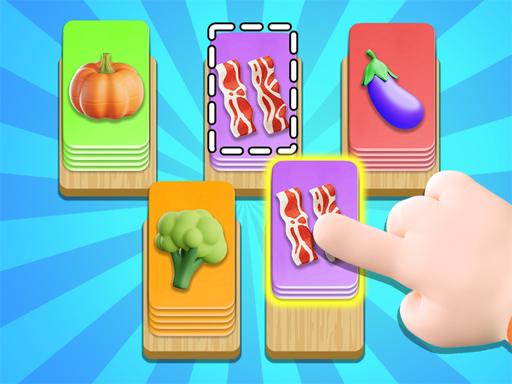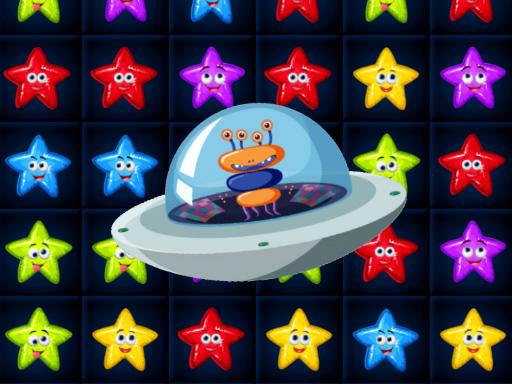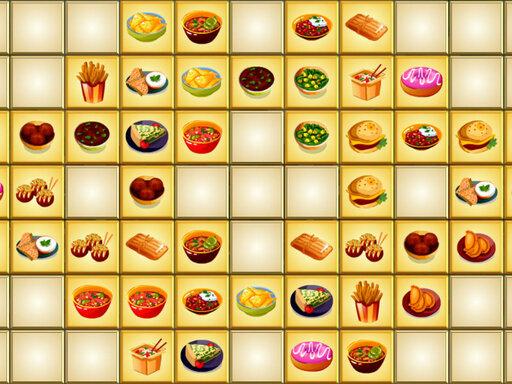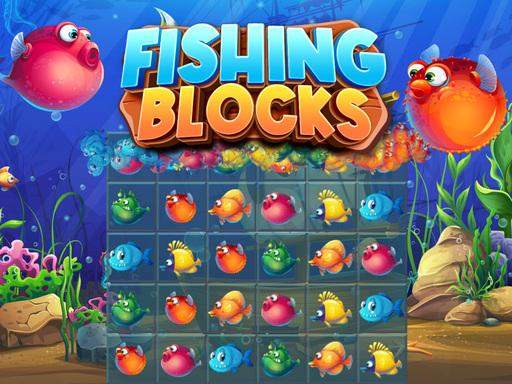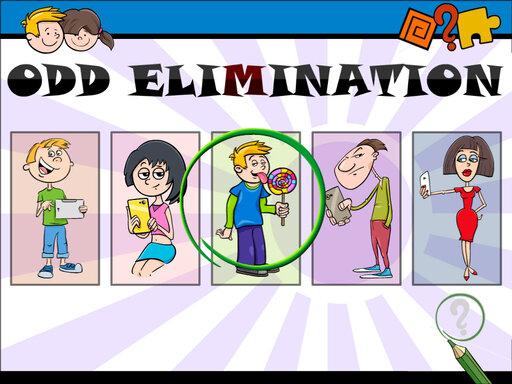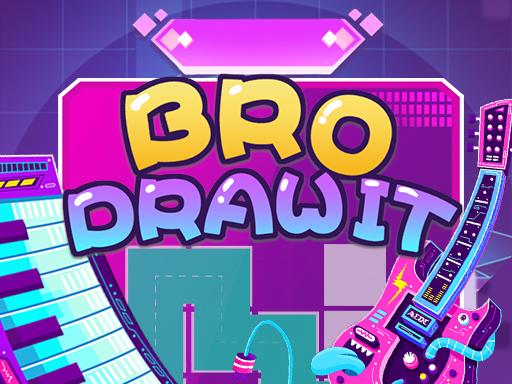Introduction and How to Play the Game “Pixelo”
“Pixelo” is a fun and engaging puzzle game that tests your logical thinking and problem-solving skills. It blends elements of classic logic puzzles like nonograms or Picross, where you must fill in a grid based on numerical clues to reveal a hidden picture. With its relaxing yet challenging gameplay, “Pixelo” is perfect for players who enjoy puzzles that require both patience and strategy. The game is simple to pick up but offers enough depth to keep you coming back for more.
Overview of the Game
In “Pixelo,” you are presented with a grid, and each row and column is labeled with numbers that indicate how many consecutive blocks should be filled in that row or column. These clues allow you to logically deduce which cells need to be filled to gradually reveal a pixelated picture. The game’s beauty lies in the challenge of deciphering these numerical hints and using logical deduction to reveal the image hidden in the grid.
The game is divided into multiple levels, with each level featuring a larger grid and more complex puzzles. As you progress, the difficulty ramps up, and you’ll need to pay more attention to detail and use your brainpower to solve intricate puzzles.
How to Play “Pixelo”
- Understanding the Grid:
- You are given a grid, usually made up of squares, and each row and column has a set of numbers next to it. These numbers represent how many consecutive cells in that row or column should be filled in.
- For example, if a row has the number “3,” it means there should be exactly three consecutive filled cells in that row, but not necessarily all next to each other.
- You must use these numbers to logically deduce where the filled cells should go.
- Filling in the Grid:
- X Marks: Your goal is to fill in the cells that match the given clues. To do this, click on a cell to mark it. In some versions, you may also be able to mark cells that should remain empty by using an “X” or another marker.
- Logical Deduction: Start by looking for rows and columns with clues that are easy to fill in. For example, if a row has the number “10” in a grid of 10 cells, you can immediately fill all the cells in that row.
- As you proceed, use the clues from other rows and columns to deduce where other cells should be filled. For example, if a column has the number “5,” and the adjacent row already has filled cells that intersect with this column, you can use this information to narrow down the possibilities.
- Uncovering the Picture:
- As you fill in more cells, you’ll gradually start to reveal a picture hidden within the grid. The more accurate you are with your markings, the clearer the image becomes.
- The picture may start to take shape after filling in a few cells, providing visual feedback that your logical deductions are correct.
- Levels and Difficulty:
- “Pixelo” offers various levels, with each level increasing in complexity. The early puzzles are relatively simple and involve smaller grids with easy clues. As you progress, the puzzles get larger, with more rows and columns, and the numerical clues become trickier.
- Larger grids also introduce more possibilities, requiring deeper logical thinking and making each puzzle more challenging to solve.
- Hints and Tools:
- Some versions of the game offer hints or tools to help you solve tricky puzzles. These might include:
- Highlighting: Helps highlight cells that are definitely filled or empty based on the numbers in the grid.
- Undo Button: Allows you to undo mistakes if you’ve filled in the wrong cell.
- Auto-Solve: For players who are stuck, some versions provide an auto-solve option, though this may require spending some in-game currency or time.
- Some versions of the game offer hints or tools to help you solve tricky puzzles. These might include:
- Completing the Puzzle:
- Once all the correct cells have been filled, the puzzle is complete, and you’ve successfully revealed the picture hidden in the grid.
- The game may provide a score based on how quickly and accurately you solve the puzzle, encouraging you to improve your speed and precision with each level.
Tips for Success
- Start with Easy Clues: Begin with rows and columns that have large numbers, as they are easier to fill in. This will help you unlock other sections of the grid.
- Use Process of Elimination: If you’re unsure where to place a fill, use the process of elimination. Look at where cells can’t be filled and where certain clues overlap.
- Focus on Intersections: Pay attention to the intersections of rows and columns. The clues in these areas can often provide critical information about which cells should be filled.
- Work from the Edges Inward: It’s often helpful to start with the edges of the grid and work your way toward the center. This is because the numbers at the edges give you more solid clues about which cells are definitely filled or empty.
- Take Your Time: While “Pixelo” can be challenging, it’s important not to rush. Take your time to think about the clues and use logical deduction to fill in the grid.
Why Play “Pixelo”?
- Relaxing and Satisfying Gameplay: The combination of puzzle-solving and pixel art makes for a calming yet rewarding gaming experience. Uncovering a hidden image piece by piece is deeply satisfying.
- Stimulating for the Mind: As a logic puzzle game, “Pixelo” is excellent for improving your problem-solving and cognitive skills. It encourages players to think critically and plan ahead.
- Progressive Difficulty: The game’s difficulty increases gradually, keeping it accessible for beginners while providing a challenge for seasoned puzzle solvers.
- Great for Puzzle Lovers: If you enjoy puzzles like Sudoku or Picross, “Pixelo” offers a similar experience with a fresh and engaging twist.
Conclusion
“Pixelo” is a delightful and challenging puzzle game that offers hours of entertainment for players who enjoy using logic and deduction to uncover hidden images. The simple yet engaging gameplay, combined with progressively difficult levels and the satisfaction of completing puzzles, makes it a perfect game for both casual players and puzzle enthusiasts. Whether you’re looking to relax and unwind or sharpen your problem-solving skills, “Pixelo” is a great choice for anyone who loves a good brain teaser.
Instructions
– Keyboard user –
WASD or →←↑↓ : move
X or M : mark X
space : pencil
– Mouse user –
C : switch pencil.
V : While holding can use mark x
P : pause
Also touchscreen can be used!
